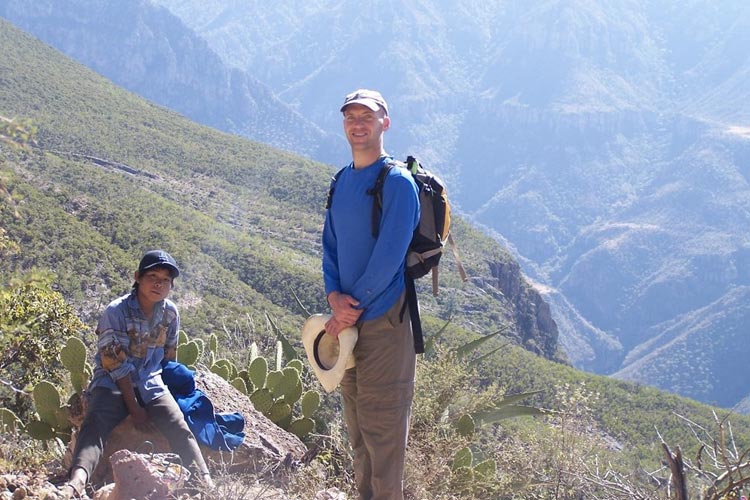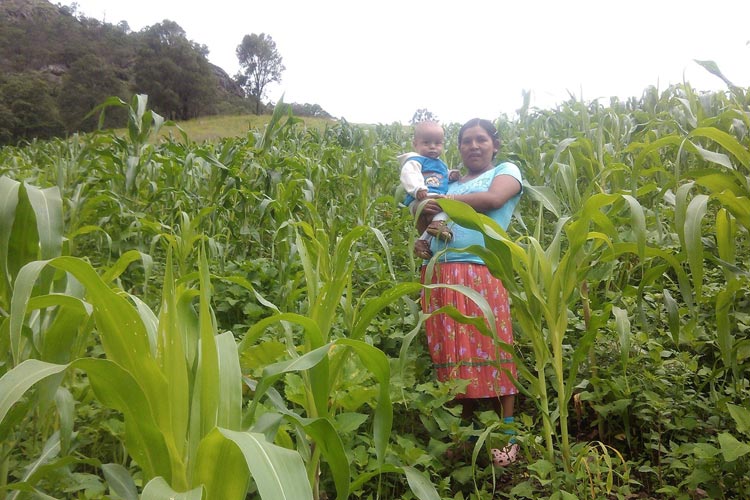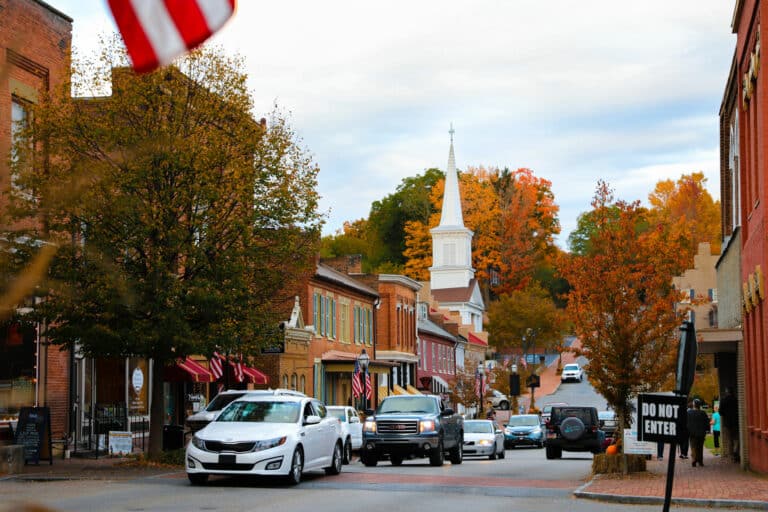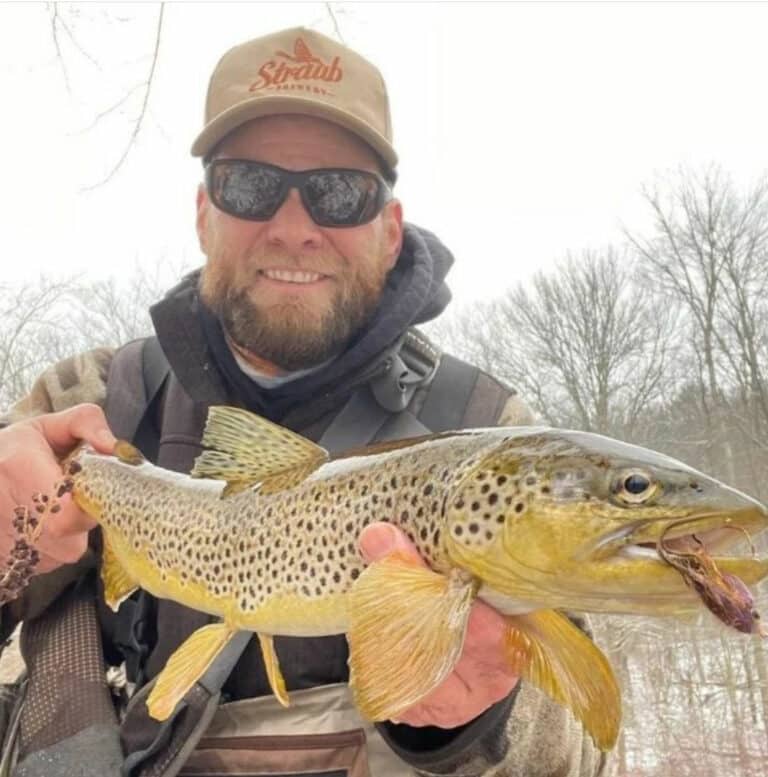Next Thursday, April 19, join the Asheville Running Collective and Blue Ridge Outdoors at the Wedge At Foundation for a screening of El Chivo, a documentary film.
As you may already know, Will Harlan is a badass. He’s an accomplished ultimate runner, dad, husband, homesteader, and Editor In Chief of our magazine. He’s incredibly humble, super friendly, and sometimes makes weird noises in his office (usually just working out). He eats a bowl of cereal with goat’s milk every day for breakfast. He is selfless, funny, and a great person to have as a boss.
Alright, enough pandering.
I’m talking about Will because, along with the Tarahumara Indians, he’s the star of the film. When asked to write a post about the upcoming screening, I thought I’d badger him with a couple questions as well. Let’s learn more about the man they call, “The Goat.”

First off, how was your cereal this morning?
Organic Mesa Sunrise flakes with fresh goat milk. Nothing better.
I’ve seen the film myself, and I thought it was an incredible story. How did this documentary come to be?
I have been working with the Tarahumara, the indigenous people of Mexico’s Copper Canyons, for over a decade on sustainable farming projects. Then in 2009, I won the Caballo Blanco/Copper Canyon 50-Mile Ultramarathon. It was the same year that Christopher McDougall’s bestselling book Born to Run was published, which also focused on this particular race. Suddenly, I was in the national running spotlight. I am not an incredibly talented runner, but something magical happened that day in the canyons. Perhaps all of my years in the canyons with the Tarahumara had prepared me for that race. Soon after, Rod contacted me about the documentary.
Rod Murphy is the director/creator of the documentary, as well as your friend. How did you two meet?
Rod Murphy had also been following the Tarahumara for many years. He had worked on a previous film about the Tarahumara, and he already understood how inspiring and important these people are. I think he wanted to create a documentary that highlighted both the endurance of the Tarahumara and the very real dangers they face every day.
The Tarahumara have been portrayed as super-human ultrarunners. What I’ve learned is that they are normal people like you and me. They hurt and suffer just like anyone else. They like ice cream and Coca-Cola. Running and endurance are part of their everyday lives, not because they want to win races, but because they travel on foot across the deepest canyons on the continent every day with food and children on their backs.

Will he be at the event as well? He usually prefers to be behind the lens right?
I hope Rod will be there. He has traveled all over the country for screenings over the past year or so. When Rod first started the documentary, he liked to make fun of runners. Now, Rod is a runner himself.
Can you tell us a little about the AVL Running Collective and how you teamed up with them to bring the show to Wedge?
The Asheville Running Collective is a group of the most talented and amazing runners in the region. I’m really honored that they wanted to screen this film. Honestly, it’s painfully difficult for me to watch it myself. The film was supposed to be about the Tarahumara, but much of it is about the inevitable decline of an aging runner. During the film, my body falls apart and I try to hang on to what’s left. I was injured during the entire film, but the cameras were rolling, so I had to grit through it. I’m a little bit embarrassed that the top-notch runners of the Asheville Running Collective will be watching my hobbled, aging body struggle through my final races.

So, “El Chivo” means “The Goat” in Spanish. How do you feel about being called the goat?
Micah True — “Caballo Blanco”—the original organizer of the Copper Canyon 50-Miler, required all international runners to adopt a spirit animal for the race. Over the years, I had met many Tarahumara goat-herders, including the legendary Arnulfo Quimare, who had won the Copper Canyon 50-Miler three times. I had recently started my own small homestead in Appalachia based on the Tarahumara farm, and I had just started raising goats. So Chivo became my spirit animal
Do you think being nicknamed “the goat” has earned you some extra street cred with your own goats?
Definitely. They were part of the inspiration. Goats aren’t fast, but they can scramble up steep slopes and rugged mountains for long distances. Like the goat, I don’t have a lot of raw speed, but when conditions are tough, I can usually hang around.
Our goats have become an important part of our farm and family. One of our goats just had babies, and my kids love to snuggle with them. We usually bring the babies to our kids’ schools, too, to teach kids about goats.

Your nonprofit, Barefoot Farm has been around for about 13 years now, helping improve the lives of the Tarahumara. What are your plans for Barefoot Farm in 2018?
Our farm is modeled on the Tarahumara homestead. We are off-grid, organic, and grow most of our own fruits and vegetables and all of our milk and eggs. But let’s be clear: our farm has none of the challenges and hardships that the Tarahumara face. If our crops fail, or we want mango slices, we have a grocery store 20 minutes away. I don’t use oxen to plow my fields; I have a gas-powered rototiller. And I don’t have narco gangs forcing me into indentured servitude, stealing my land, and killing my leaders.
Here in the mountains of Western North Carolina, we grow food for families in need. We supply a few local food banks and nutrition education programs with surplus produce. In Mexico, we have helped create seed banks, protect water supplies, install solar panels, and provide goat herds to Tarahumara farmers and communities. We hope to expand our work in the canyons this year and perhaps provide scholarships and visas to a few Tarahumara youth.
Where can folks go to learn more about Barefoot Farm and how can they help?
You can find out about us at barefoot-farm.org. There are other great organizations, too, like Sierra Madre Alliance. Best of all, though, would be to visit the Copper Canyons and meet the Tarahumara. After Born to Run became a bestseller, a lot of folks bought Vibrams and new minimalist footwear, but life for the Tarahumara still hasn’t changed much. They constantly face drought and food shortages. The government and local drug thugs are clearcutting their forests and seizing their lands. Many are fleeing to the cities and begging on the streets. By visiting and supporting Tarahumara farmers and communities, perhaps we can help the Tarahumara keep a foothold in their ancestral cany.
Come join us and the Asheville Runners Collective on Thursday, April 19, at Wedge at Foundation. We’ll have some beers, chat about the Tarahumara, running, and of course, watch the film.
See you there!
Justin Forrest is an outdoor writer, fly fishing addict, and co-founder of Narrative North—based in Asheville, N.C. He posts pictures of cats and fishing on Instagram sometimes.








